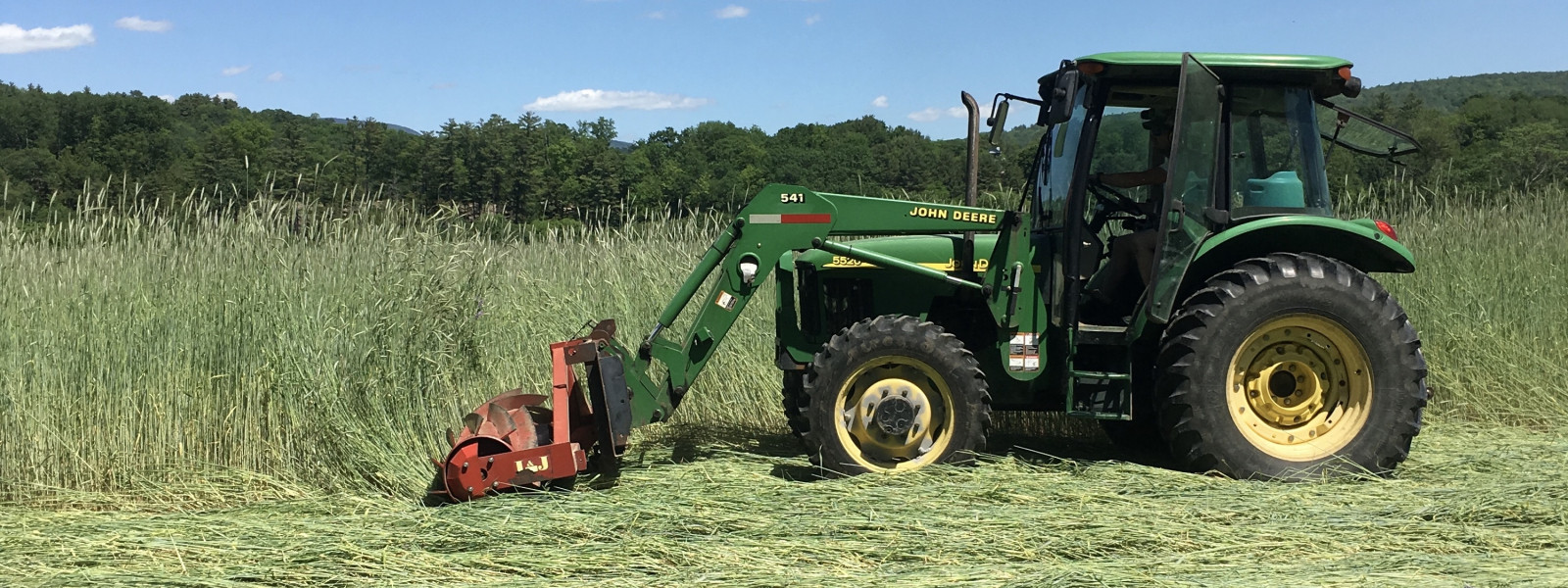
Tips
You searched for seeds and found 65 tips.
- Beneficial Insect: Soldier Beetles – These beetles are related to fireflies. Just like our fiery friends, we also like to keep these soldiers around as they prey on pests that may be lurking among your plants. Read more →
- Beneficial Insect: Syrphid Fly or Hover Fly – These guys are your friends! Adult hover flies resemble small wasps, with a black and yellow or white striped abdomen. They will hover like a hummingbird as they drink nectar from flowers. Hover flies do not sting. They range in size from 1/4” to 1/2” depending on the species. The adults are the pollinators and its the larvae that consume pests. Read more →
- Brussels Sprouts : Tips from Seed to Harvest – These nutritious miniature cabbages are often under celebrated and even disliked. Don’t give up on them though! It is well worth noting that often store bought Brussels sprouts are picked too early – it shows in their bitter flavor and tough texture. Picking them fresh from the farm or garden after a few frosts sweetens the flavor and makes them tender, offering a whole different experience! Read more →
- Calendula Seed Saving – Calendula are such beautiful flowers and are very easy for saving seeds! Read more →
- Cilantro – Cilantro is best known for its role as an ingredient in fresh homemade salsas. The seeds of the cilantro plant, coriander, are also a popular spice and have quite a different flavor than the leaves. Read more →
- Companion Planting – Companion plants help each other to grow in some way. For instance, some plants can extract certain nutrients from the soil and make them more available for other plants. Read more →
- Compost: Turn food waste into soil nutrients! – Compost is an important soil amendment made of decomposed plant matter including food scraps. You can make right it in your backyard! With the right recipe, your compost heap will not omit bad odors, will lighten the load (and cost) of your trash, and will greatly reduce greenhouse gas emissions from landfills. Adding compost to soil helps to restore the organic matter content allowing for greater moisture and nutrient retention and providing necessary food for essential microorganisms that live in healthy soil. Read more →
- Container Gardening – Don’t let lack of space keep you from gardening! Read on to learn how to grow successfully in containers. Read more →
- Corn: All About It – Sweet Corn, commonly known as Maize in most parts of the world, is a cereal/grain plant that is a member of the grass family. Each cob of corn is made up of approximately 800 kernels, which are the “seeds” of the plant. Read more →
- Cover Crops – Got an area in the garden that just is not going to get planted? Try a cover crop! Cover crops are crops that are grown simply to enhance soil quality, rather than to directly produce food for people. Cover crops provide food for the living soil. Read more →
